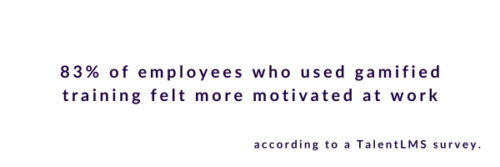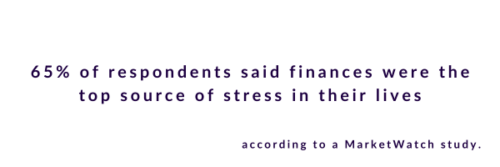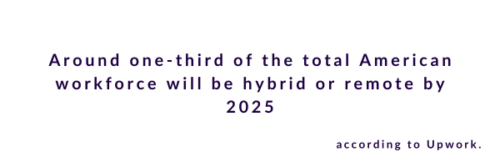
Financial Burnout in 2025: How to Address Employee Concerns
Financial Burnout in 2025: How to Address Employee Concerns. Financial burnout is affecting employees of all generations. Learn the ins and outs of this issue, including ways to improve your workforce’s wellbeing.
There’s a new term to describe how employees feel about money: Financial burnout, a condition marked by prolonged financial pressure that results in mental exhaustion and physical strain.
Eighty-eight percent of American workers report feeling some level of financial burnout, and 65% say finances are their biggest source of stress, according to a recent survey by MarketWatch Guide. Another 41% of employees say their finances have “destroyed” their mental health, and 64% reported feeling “financial fatigue,” when dealing with money.
Like other types of burnout, financial strain affects more than mental wellbeing. Respondents also report symptoms such as loss of sleep (56%), physical fatigue (47%), headaches (45%), weight gain or loss (38%), changes in appetite (34%) and digestive issues (33%).
It’s clear that financial burnout is taking a significant toll on the overall health of American employees, yet many workplaces still struggle with how to effectively curb the issue. Here are the key factors driving this issue and actionable steps employers can take to provide support.

Healthcare costs and employee financial burnout
Many workers face especially high anxiety over healthcare costs. According to the 2023-2024 Aflac WorkForces Report, 50% of workers report anxiety about out-of-pocket health care expenses, even beyond what insurance covers. Furthermore, 51% of employees would need to dip into their savings or checking accounts for unexpected medical bills. Younger generations are particularly vulnerable, with 72% unable to afford $1,000 in out-of-pocket healthcare costs.
Employers can help by offering more comprehensive health plans that minimize out-of-pocket costs from the start. Employees can further prepare for unexpected medical expenses and diagnoses by partnering with financial planning services that guide saving for medical emergencies. Encourage employees to set aside income to cover future medical costs through pre-tax income programs such as health savings accounts.
The gap between perception and reality
There is also a gap between employer and employee perceptions of healthcare. While 79% of employers think their teams understand healthcare costs, only 48% of employees agree. Furthermore, 41% of employees would be unsure of where to seek support after a serious medical diagnosis.
Employees can provide support by offering financial literacy programs like workshops or tools to help employees better understand the costs of healthcare and other essentials. Employers can also establish a fund to support employees facing financial hardships due to unexpected events.
How poor habits can intensify financial stress
However, it is not just limited access to resources that causes financial burnout. Employees’ financial habits may also exacerbate already existing issues. Poor budgeting, overspending and procrastination are common issues leading to financial burnout when employees avoid dealing with their financial challenges until it is too late.
According to MarketWatch Guide, 58% of employees don’t use a detailed financial budget. 57% procrastinate on important financial decisions, 44% overspend to deal with stress, 44% make purchases they cannot afford and 41% avoid opening bills or reviving card statements. 44% also admitted they ignore a financial problem until it becomes a crisis.
Employers can partner with financial institutions to offer debt consolidation services or low-interest loans for employees struggling with debt. Providing access to budgeting apps or financial planners can also encourage employees to create and adhere to a financial plan. Organizing employee challenges that reward participation in financial planning and debt-reduction programs can also help employees reach their financial goals.
Financial burnout affects the mental, physical and financial health of employees nationwide. Employers can play a crucial role in mitigating this stress by offering comprehensive healthcare benefits, financial literacy programs and resources to support better budgeting and debt management. By taking proactive steps, organizations can both improve the well-being of their teams and foster a more productive workforce.
Tackle financial burnout head-on with direct help from Best Money Moves.
Best Money Moves is an AI-driven, mobile-first financial wellness solution designed to help employees with varying levels of financial knowledge dial down their most top-of-mind financial stresses. As an easy-to-use financial well-being solution, Best Money Moves offers comprehensive support toward any money-related goal, ranging from debt management to purchasing a home. With 1:1 money coaching, budgeting tools and other resources, our AI-driven platform is designed to help bolster employee financial wellbeing.
To learn more about Best Money Moves Financial Wellness Platform, let’s schedule a call. Contact us and we’ll reach out to you soon.








